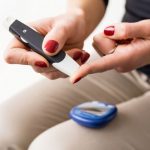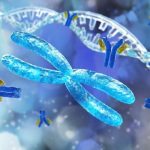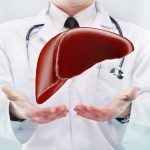
Diabetes is skyrocketing, with more than 500 million people of all ages living with the disease today and the number of cases worldwide projected to hit 1.3 billion in the next 30 years. “The rapid rate at which diabetes is growing is not only alarming but also challenging for every health system in the world, especially given how the disease also increases the risk for ischemic heart disease and stroke,” said lead researcher Kanyin Liane Ong, of the Institute for Health Metrics and Evaluation at the University of Washington School of Medicine, in Seattle. “While the general public might believe that type 2 diabetes is simply associated with obesity, lack of exercise and a poor diet, preventing and controlling diabetes is quite complex due to a number of factors. That includes someone’s genetics, as well as logistical, social and financial barriers within a country’s structural system, especially in low- and middle-income countries,” Ong said in an institute news release. Worldwide, 6% of people have diabetes, making it one of the top 10 leading causes of death and disability, the new study found. The highest rate is in North Africa and the Middle East, 9%, which is projected to reach 17% by 2050. The rate in Latin America and the Caribbean is projected to increase to 11%. In every country, the disease is commonly seen in… read on > read on >


























-300x200.jpg)










